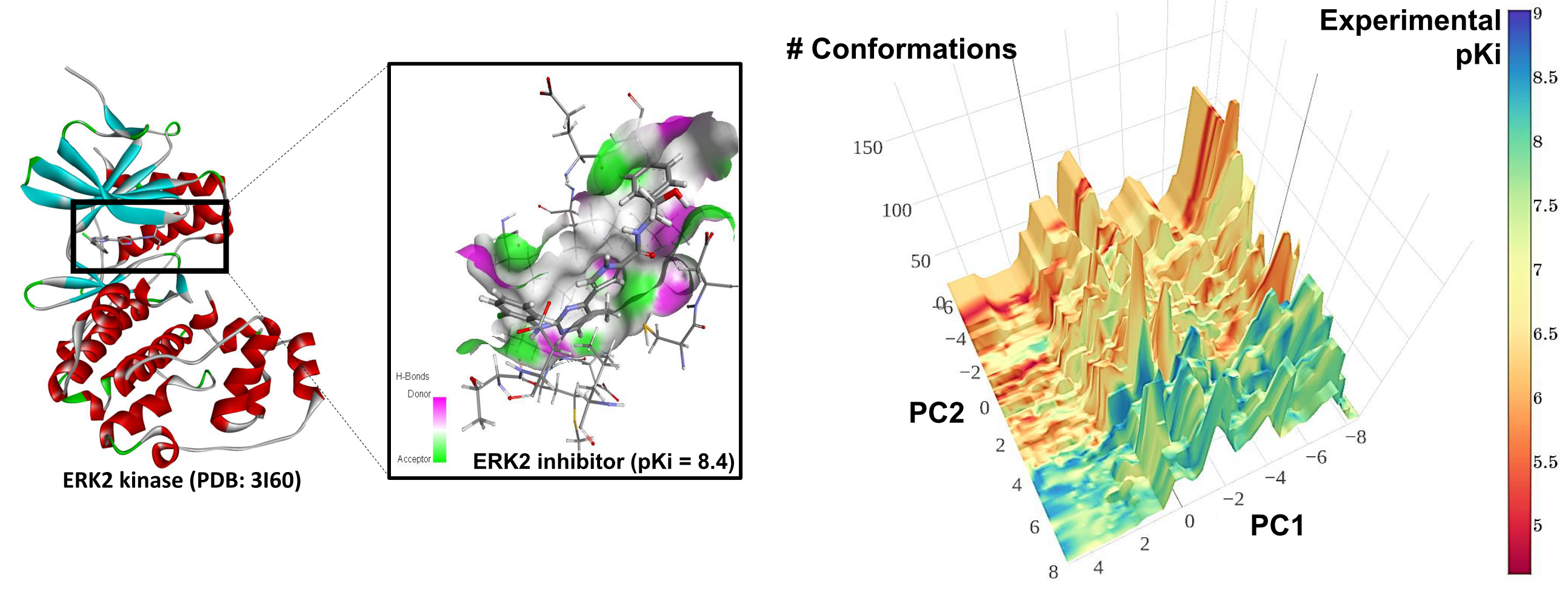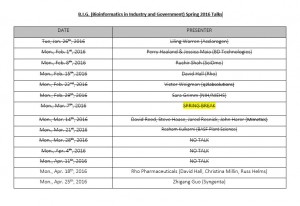Growing experimental evidences suggest the existence of direct relationships between the surface chemistry of nanomaterials and their biological effects. Herein, we have employed computational approaches to design a set of biologically active carbon nanotubes (CNTs) with controlled protein binding and cytotoxicity. Quantitative structure–activity relationship (QSAR) models were built and validated using a dataset of 83 surface-modified CNTs. A subset of a combinatorial virtual library of 240 000 ligands potentially attachable to CNTs was selected to include molecules that were within the chemical similarity threshold with respect to the modeling set compounds. QSAR models were then employed to virtually screen this subset and prioritize CNTs for chemical synthesis and biological evaluation. Ten putatively active and 10 putatively inactive CNTs decorated with the ligands prioritized by virtual screening for either protein-binding or cytotoxicity assay were synthesized and tested. We found that all 10 putatively inactive and 7 of 10 putatively active CNTs were confirmed in the protein-binding assay, whereas all 10 putatively inactive and 6 of 10 putatively active CNTs were confirmed in the cytotoxicity assay. This proof-of-concept study shows that computational models can be employed to guide the design of surface-modified nanomaterials with the desired biological and safety profiles.
Authors: Denis Fourches, Dongqiuye Pu, Liwen Li, Hongyu Zhou, Qingxin Mu, Gaoxing Su, Bing Yan & Alexander Tropsha
Link: http://www.tandfonline.com/doi/full/10.3109/17435390.2015.1073397#.VpAZ5lm8R64



